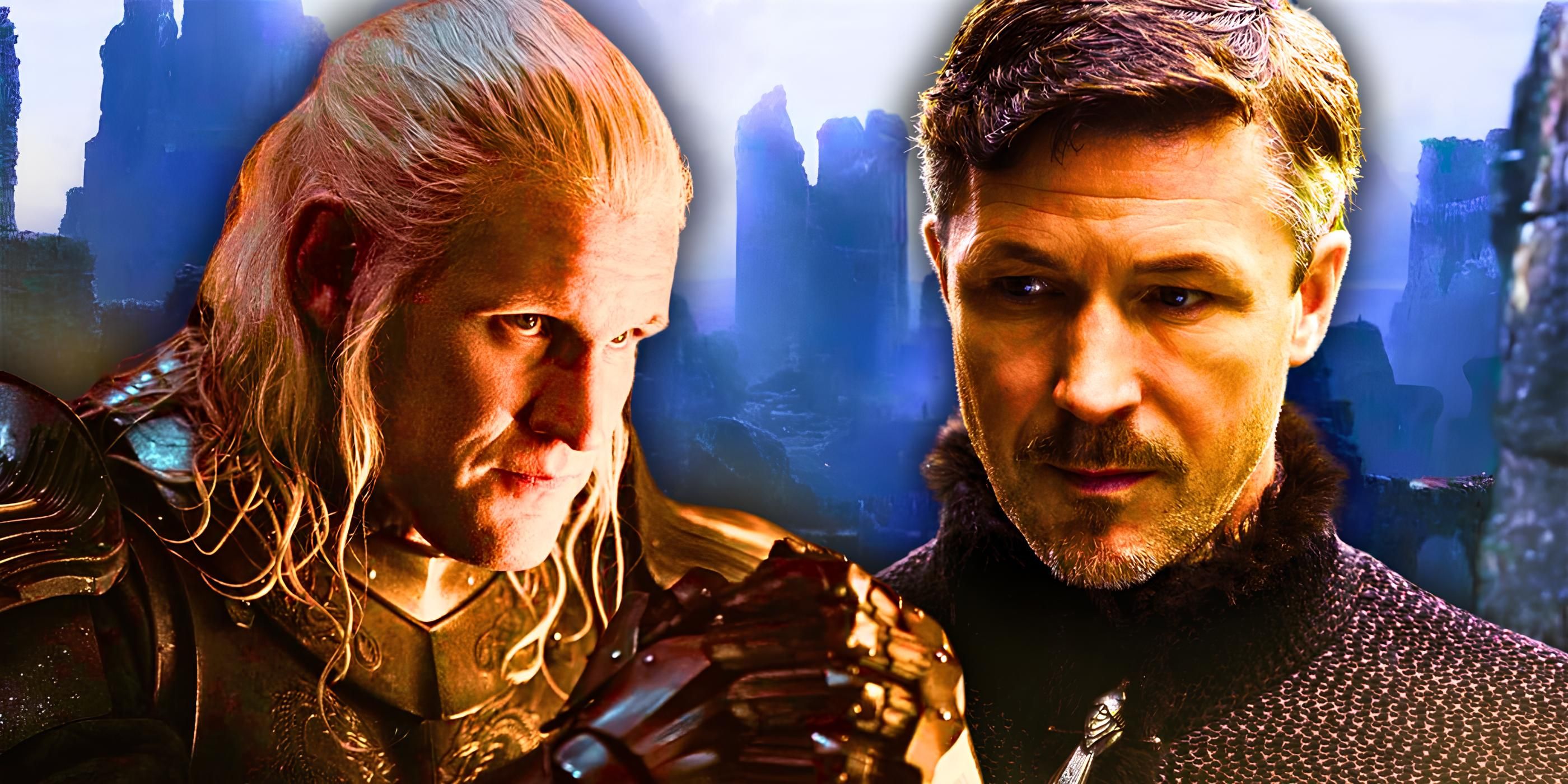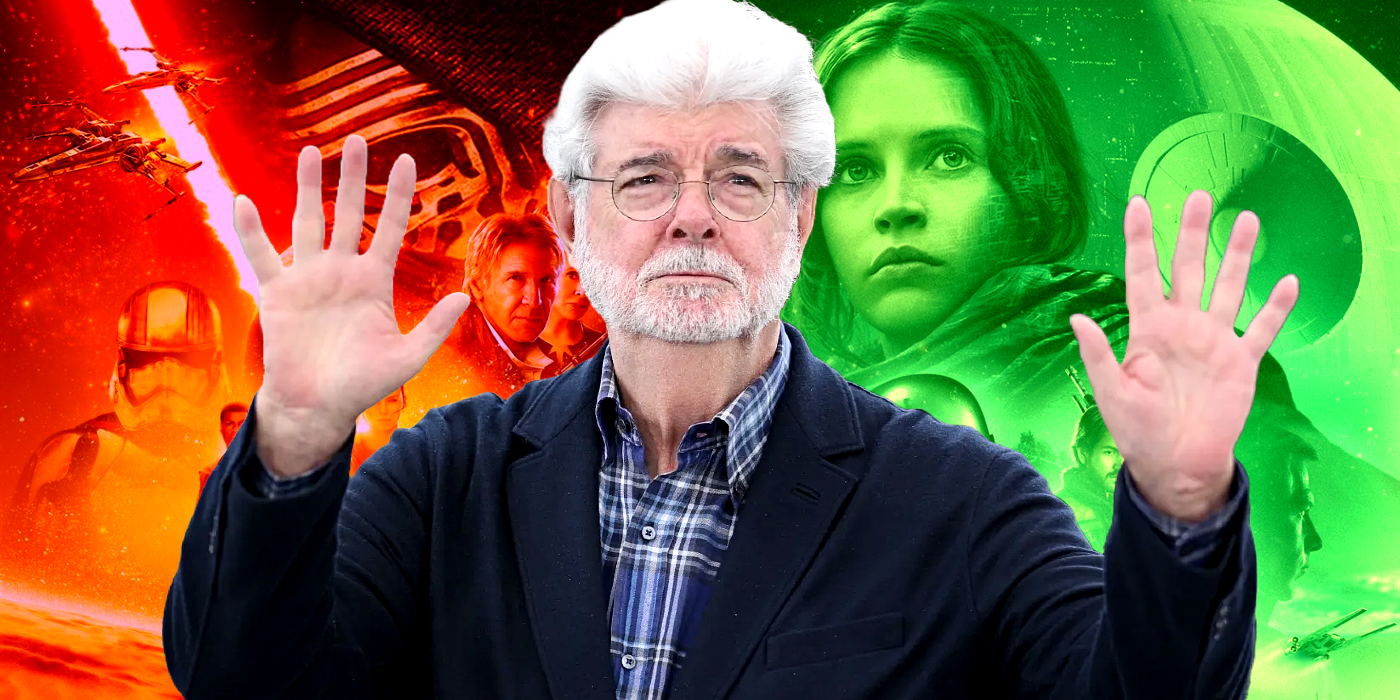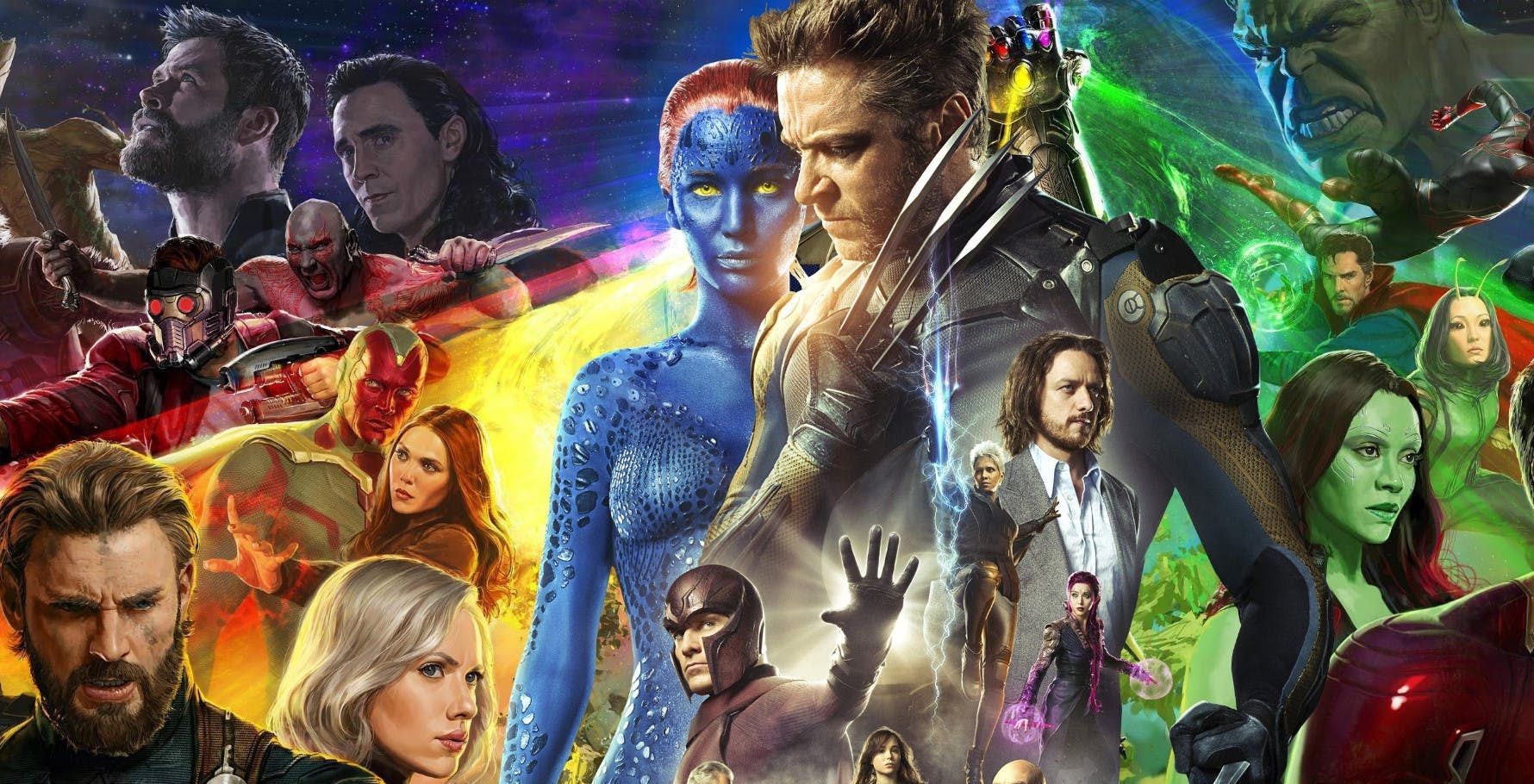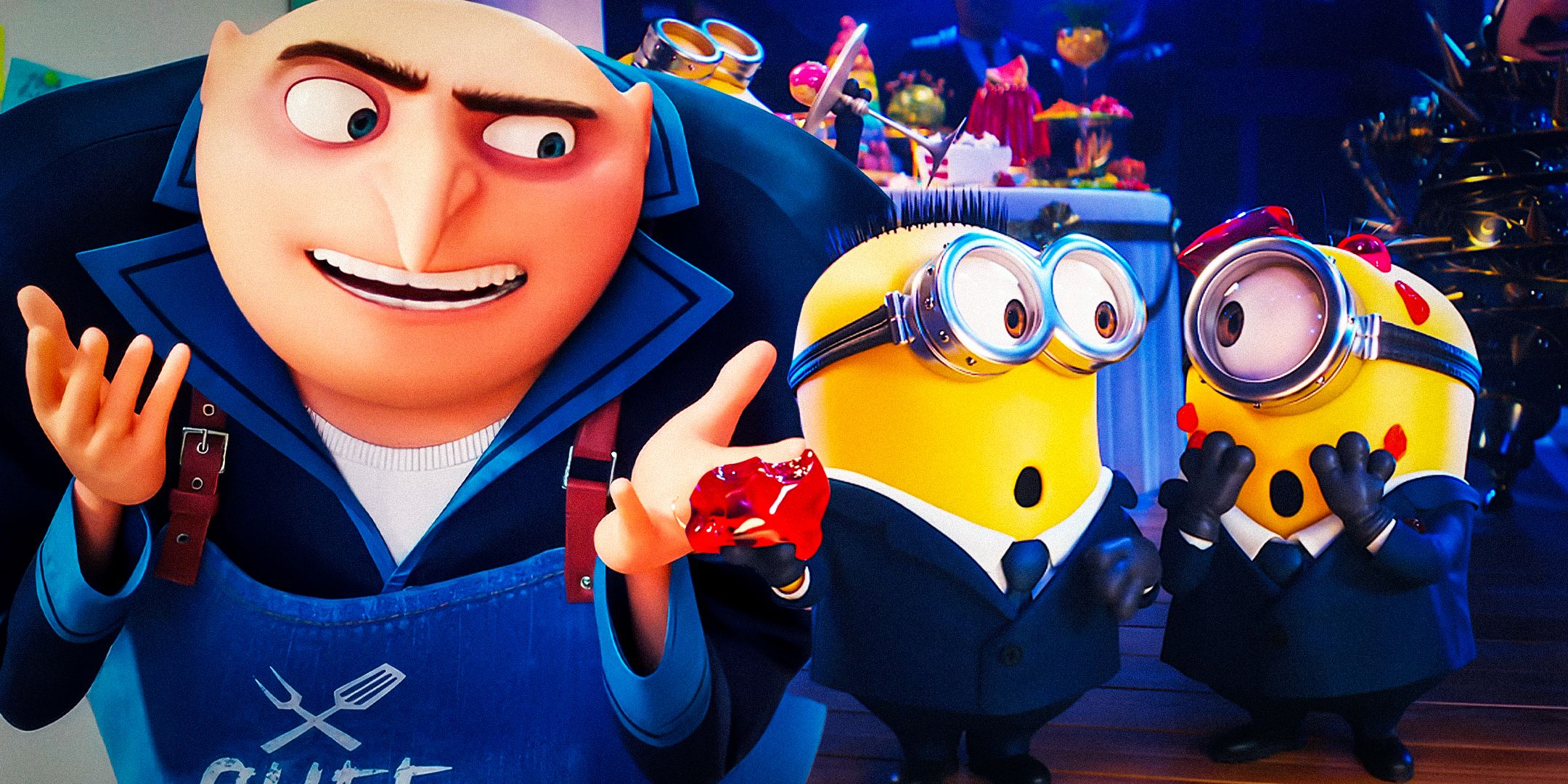One of The Invisible Man‘s most shocking twists sees Adrian’s brother Tom in the invisibility suit instead of Adrian. With this reveal, audiences were left wondering if Tom appeared in the suit at any other point in the film, and how many times Adrian actually wore it in the movie. In a Collider interview promoting the 4K Ultra HD, Blu-ray and DVD release of the film, director Leigh Whannell settles this once and for all.
The Invisible Man retells H.G. Wells’ original story of a man who has discovered how to be invisible with a twist. In this version, scientist Adrian Griffin (Oliver Jackson-Cohen) has utilized his expertise in optics to create a suit that turns him invisible. He fakes his death and uses the suit to torment his ex-girlfriend, Cecilia (Elisabeth Moss). After she catches on and discovers Tom in the suit, she questions whether or not it was ever Adrian to begin with.
A major theme of The Invisible Man is domestic partner abuse and the aftermath of gaslighting on survivors. Director Leigh Whannell’s confirmation of each time Adrian appeared in the suit only further cemented this; a single moment of doubt showcased how raising these types of larger questions, even a little bit, has greater implications for Cecilia’s sanity.
Adrian Is In The Suit Every Time — Except for One
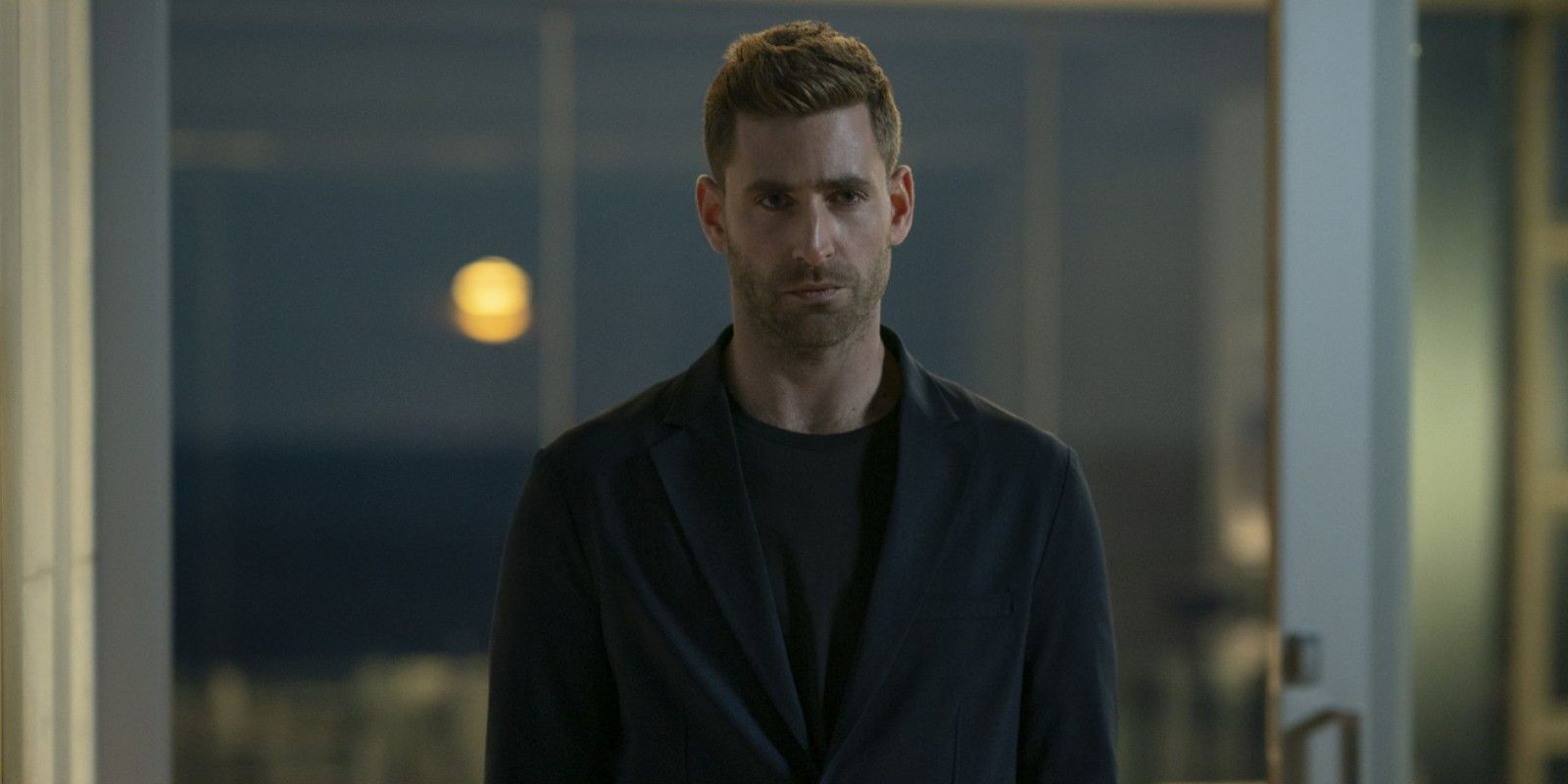
Whannell confirmed that Adrian appears in his suit every time the titular character is interacting with Cecilia and others in the movie, except the one time audiences see Tom in the suit. Cecilia returns to the Lanier house to find that Sydney and James are being attacked by someone she believes is Adrian. After shooting and unmasking him, she sees it’s actually Tom utilizing Adrian’s “invisible man” technology.
Earlier in the film, Tom admits that Adrian manipulated him just as much as he manipulated Cecilia. This was just another example of that, as Adrian tricked Tom into sacrificing himself, all in the name of tormenting Cecilia. After he set up Tom, Adrian made it look like Tom took him hostage and held him in his basement. After the cops discovered the illusion Adrian created, they blamed everything Cecilia experienced on Tom, which served to further convince her she was going crazy.
Only placing Tom in the suit once was a subtle way to further drive home the message of gaslighting, which is arguably one of the scariest elements of The Invisible Man. Adrian mastered the art of subtly driving Cecilia mad through his actions before and after their break-up. With the addition of his invisibility suit, he was able to do just enough to drive Cecilia’s loved ones away from her as well. None of them could possibly believe that her dead ex was tormenting her; this is a common tactic made by abusers – isolation. When Adrian orchestrated the moment in which Tom was revealed in the suit, it was the final nail in Cecilia’s metaphorical coffin. Whannell cleverly perpetuated the dangers of gaslighting in The Invisible Man by showing that one move can completely get in someone’s head by making them question everything they believed to be true.
Moss Says The Invisible Man Isn’t Entirely Done, But It Should Be
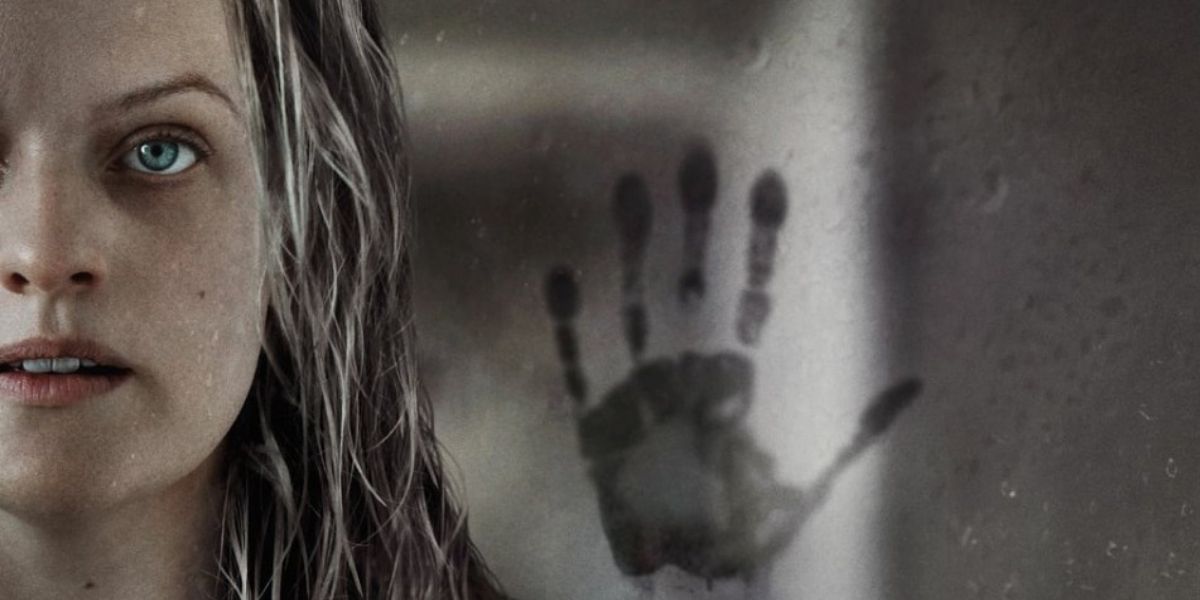
Despite being well-made and packed with memorable scenes, The Invisible Man isn’t the kind of film that tries to set up sequels or spawn franchises after its credits roll, and there’s no Invisible Man 2 in development at the moment. Even so, Elisabeth Moss has drawn attention to the idea of a possible follow-up. She told ComicBook.com in April 2022, “I can’t really say much, but it’s definitely not — it’s not necessarily in the rearview at all, but I do think that we have, with any sequel, you obviously want to make sure that you are doing the original justice.” Based on Moss’ comments, it does sound as though there have been some early talks about a possible second installment, and The Handmaid’s Tale actress would clearly be attached to this hypothetical follow-up. But it would likely be best for the franchise to remain in the figurative “rearview” Moss has referred to instead of returning to the big screen.
The Invisible Man’s ending packs a meaningful punch, with Cecilia finally gaining a victory over the man who has been wreaking immeasurable havoc on her life for so long. It’s a cathartic moment, as is any TV/movie moment where a victim gains a victory (whether that be justice, revenge, or a combination of both) against their abuser. Prolonging the franchise after an ending that ties things up so well would cheapen the first movie’s emotional payoff. Plus, The Invisible Man meets a logical end for the specific story about Cecilia’s life that it covers. Adding a new storyline into the mix would water down a movie that delivers a powerful portrait of gaslighting in a potent way and very much feels like a standalone project. When art and media deal with sensitive issues like abuse, how a storyteller frames the narrative and where to draw a line under the story become delicate undertakings. Cecilia finally wins at the end of The Invisible Man, and has the chance to move forward without oppression. If a sequel does come to fruition, it best not tamper with that ending or rehash an abuse-infused storyline that isn’t worth the possible harm it could cause to real abuse survivors in the name of a sequel-shaped cash grab.

